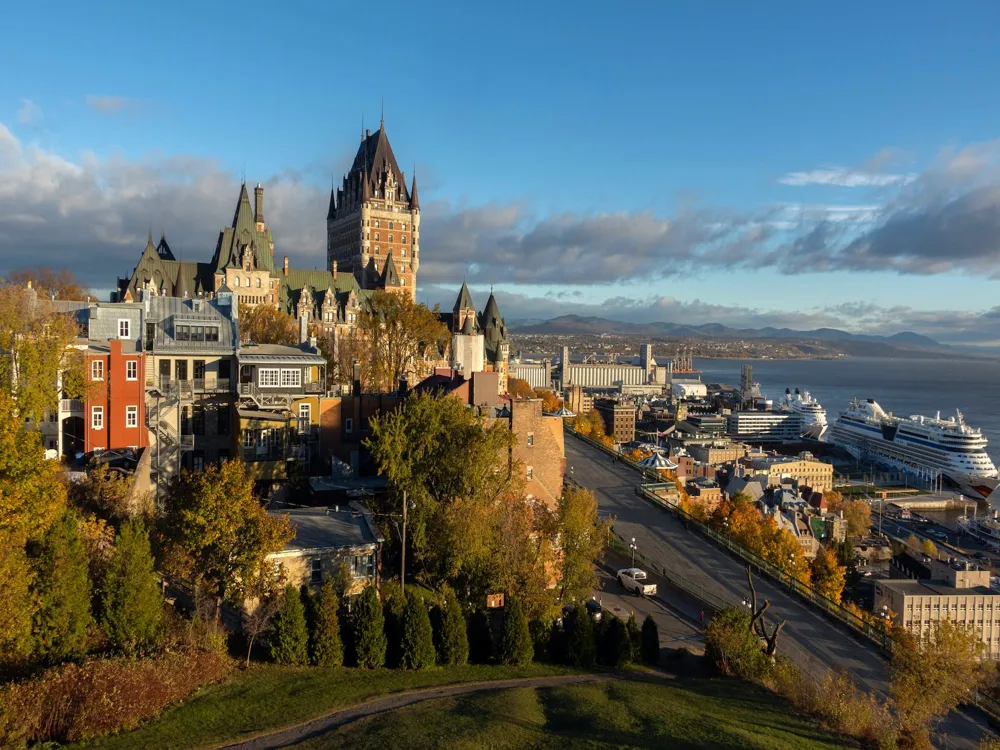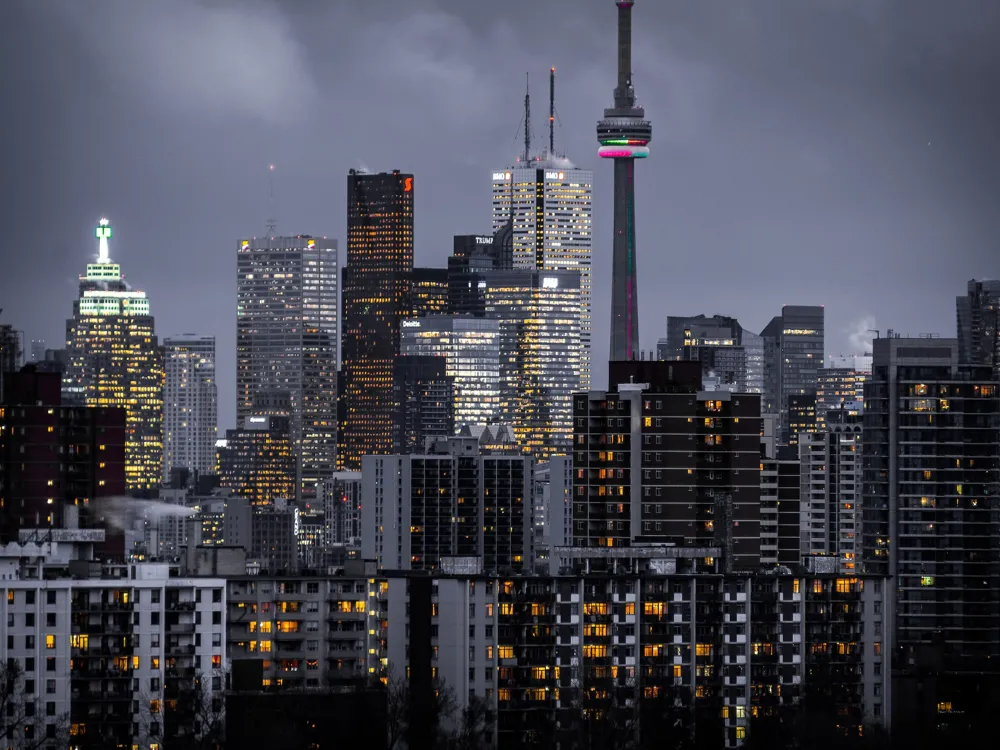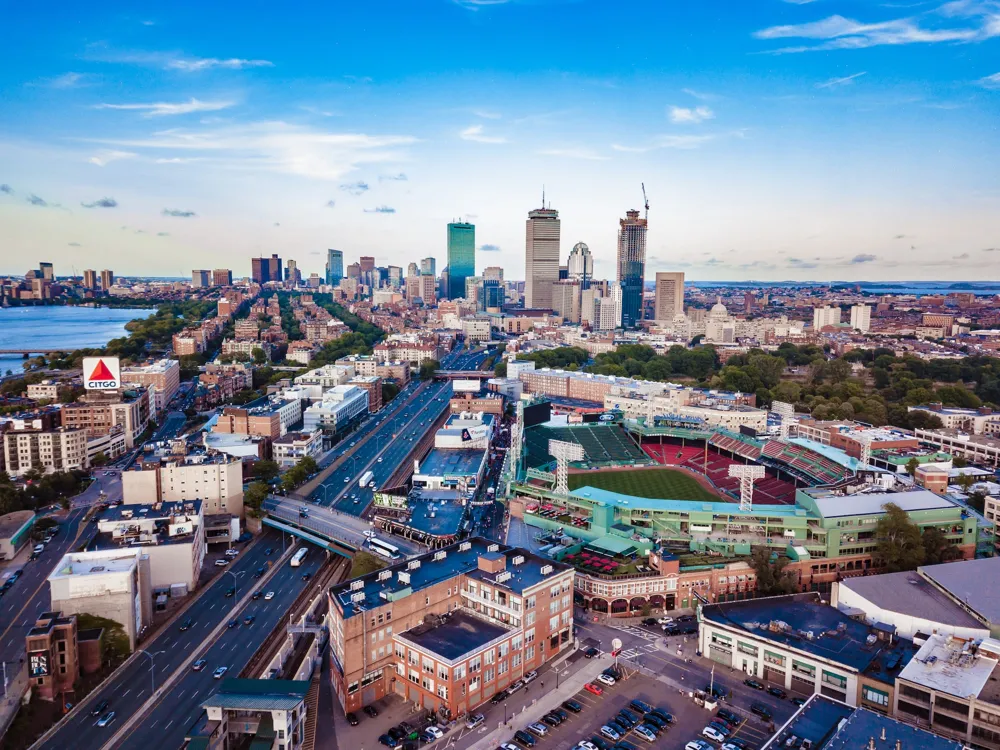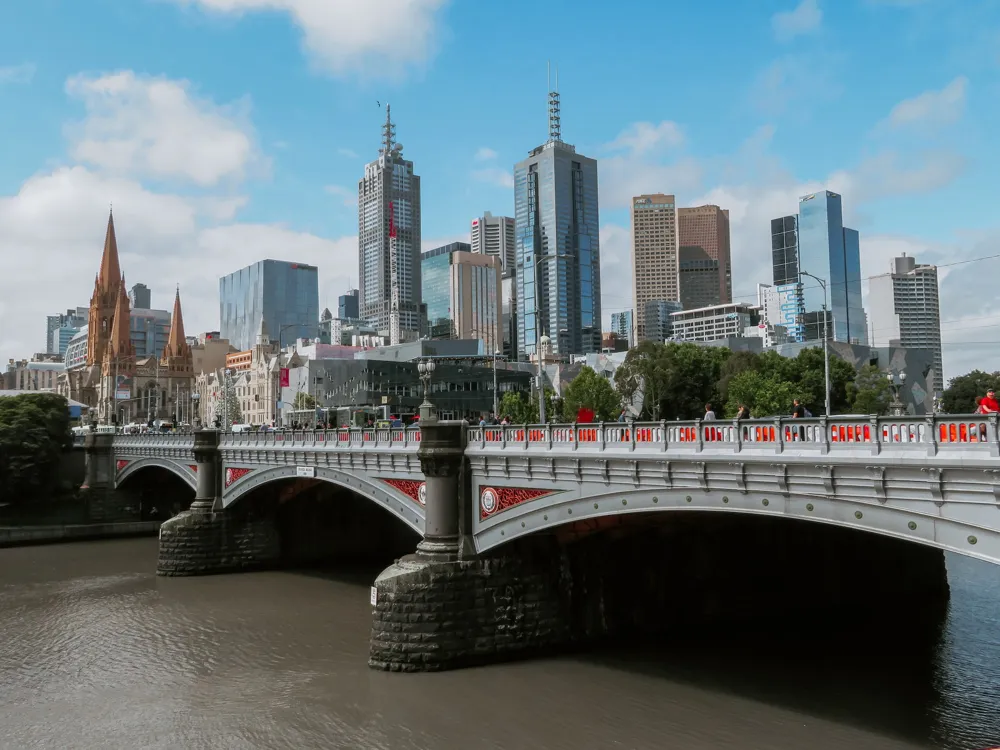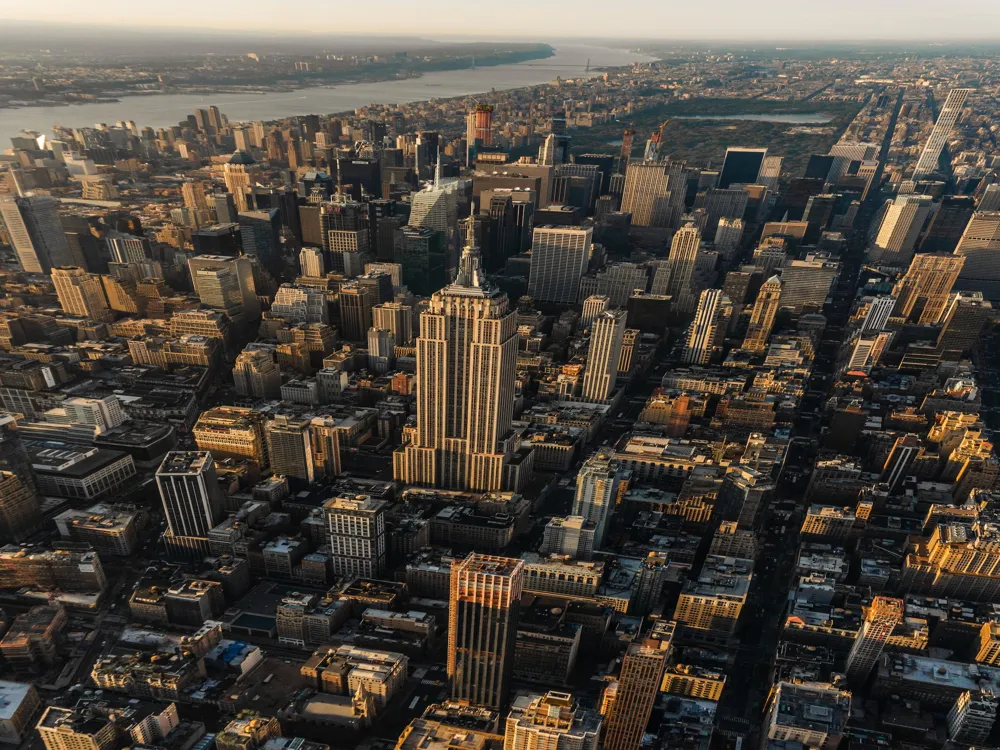Nestled at the heart of Canada's vibrant metropolis, Montreal, lies a hidden gem that captures the essence of history and culture: Old Montreal. This enchanting neighborhood, with its cobblestone streets and grandiose architecture, transports visitors back to the times of New France and the early British colony. It's not just a place; it's a journey through centuries of history, a blend of the old and the new, where every corner tells a story. The history of Old Montreal is as captivating as its streets are charming. Founded in 1642, it started as a French fur trading post and evolved into a major commercial hub. This district has witnessed the growth of Montreal and has played a pivotal role in its development. From the hustle and bustle of the old port, the financial boom, to the quiet revival of its streets, Old Montreal reflects the city's colorful past. The timeline of Old Montreal is a tapestry of events. The 17th and 18th centuries marked the French colonial era, evident in the architecture and street layouts. The 19th century brought industrialization, and with it, Victorian influences. The 20th century saw decline and revival, leading to today's blend of historical preservation and modern living. This area has adapted to each era's demands while maintaining its unique identity. Beyond its historical importance, Old Montreal stands as a testament to Montreal's cultural diversity. It's a place where art, gastronomy, and entertainment come together. The district hosts numerous festivals, art galleries, and restaurants, each adding a layer to its rich cultural tapestry. It's not just a historic site; it's a living, breathing part of Montreal's contemporary culture. The architecture of Old Montreal is a visual feast, showcasing styles from various eras. From the imposing Notre-Dame Basilica to the art deco Aldred Building, the district is a patchwork of architectural marvels. Each building and street corner tells a different story, reflecting the eras and influences that have shaped them. The French colonial influence is unmistakable in Old Montreal. Buildings from this era, like the Château Ramezay, showcase steep roofs, stone masonry, and wooden balconies. These structures reflect the adaptation of French architectural styles to the New World's climate and materials. The British conquest brought new architectural styles to Old Montreal. Victorian and Neo-Gothic buildings, like the New York Life Building, introduced ornate facades, intricate stonework, and a sense of grandeur. This period marked a transition, blending the old with the new and setting the stage for the eclectic mix that defines the district today. In the 20th and 21st centuries, Old Montreal saw the addition of modern and art deco elements. Buildings like the Aldred Building and the International Maritime Centre stand as examples of this era. However, the commitment to preservation has ensured that these modern structures complement rather than overshadow the historic fabric of the area. Timing is crucial when visiting Old Montreal. Spring and fall offer pleasant weather and fewer crowds. Consider staying in the area to fully immerse yourself in the experience. Check for any festivals or events during your visit, as they can add a unique flavor to your trip. Walking is the best way to explore Old Montreal. The cobblestone streets and alleys are best experienced on foot. Don't miss landmarks like Notre-Dame Basilica, Place Jacques-Cartier, and the Old Port. Each has its own story and charm. Old Montreal is a haven for foodies. From traditional Quebecois dishes to modern fusion cuisine, the area's restaurants and cafes offer a plethora of options. Don't forget to try a classic poutine or a fresh bagel from one of the local bakeries. The district's boutiques and galleries offer unique shopping experiences. From local crafts to high-end fashion, there's something for everyone. Remember to pick up a souvenir to remember your visit by. Reaching Old Montreal is straightforward. It's well-connected by public transport, with several metro stations and bus lines serving the area. If driving, there are numerous parking options, though spaces can be limited. Biking is also a popular choice, especially during the warmer months, with several bike paths leading to the district. Read More:Discover the Charm of Old Montreal: A Journey Through Time
The Rich History of Old Montreal
From New France to Modern Day: A Timeline
The Cultural Significance of Old Montreal
Architectural Wonders of Old Montreal: A Visual Feast
The French Colonial Influence
The British Impact and Victorian Flair
Modern Influences and Preservation
Tips When Visiting Old Montreal
Planning Your Visit
Exploring the Streets and Sights
Experiencing the Local Cuisine
Shopping and Souvenirs
How To Reach Old Montreal
Old Montreal
Montreal
NaN onwards
View montreal Packages
Weather :
Tags : Historical Site
Timings : Hours: Sun - Sat 10:00 am - 6:00 pm
Planning a Trip? Ask Your Question
Montreal Travel Packages
View All Packages For Montreal
Top Hotel Collections for Montreal

Private Pool

Luxury Hotels

5-Star Hotels

Pet Friendly
Top Hotels Near Montreal
Other Top Ranking Places In Montreal
View All Places To Visit In montreal
View montreal Packages
Weather :
Tags : Historical Site
Timings : Hours: Sun - Sat 10:00 am - 6:00 pm
Planning a Trip? Ask Your Question
Montreal Travel Packages
View All Packages For Montreal
Top Hotel Collections for Montreal

Private Pool

Luxury Hotels

5-Star Hotels

Pet Friendly









